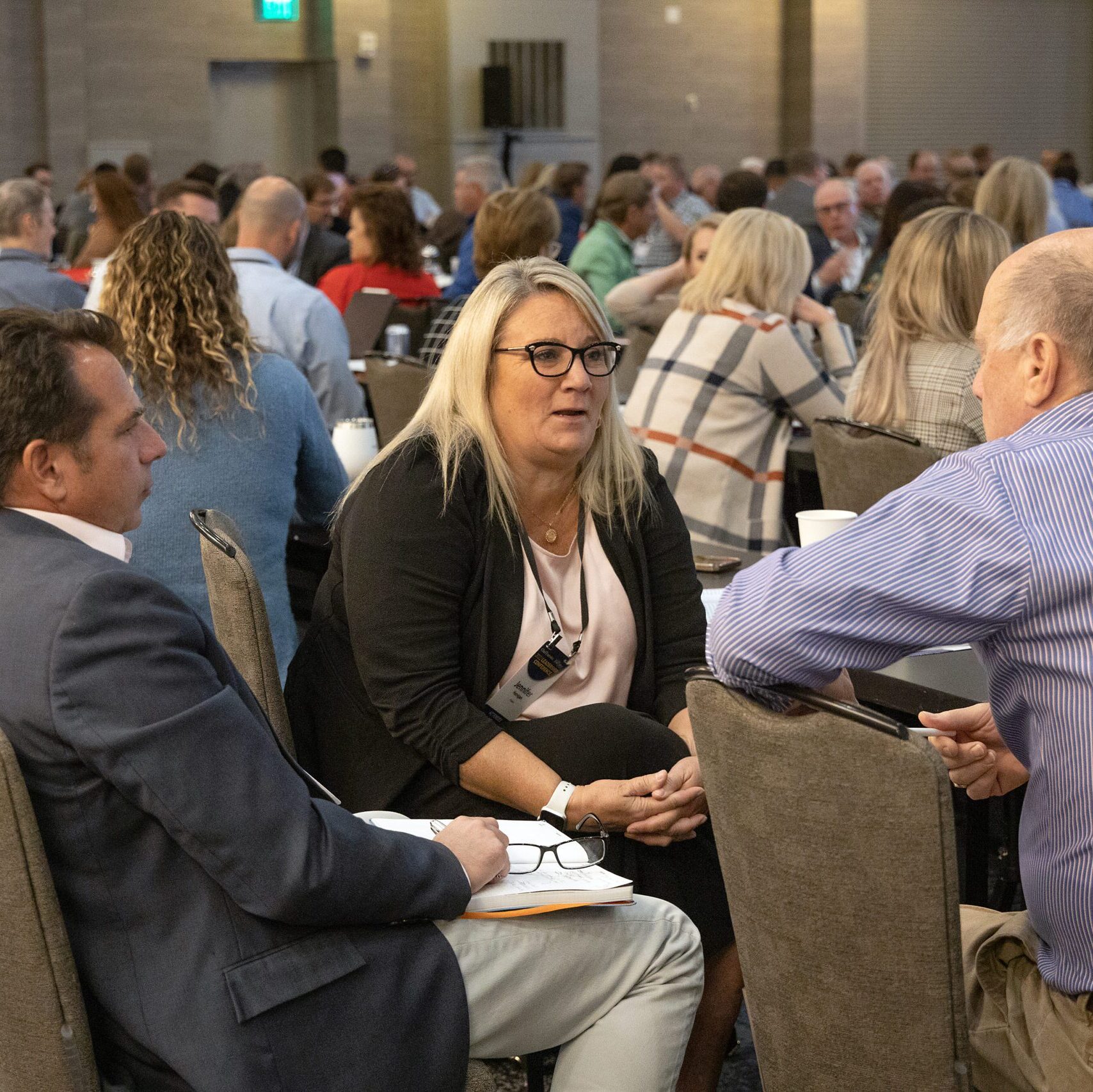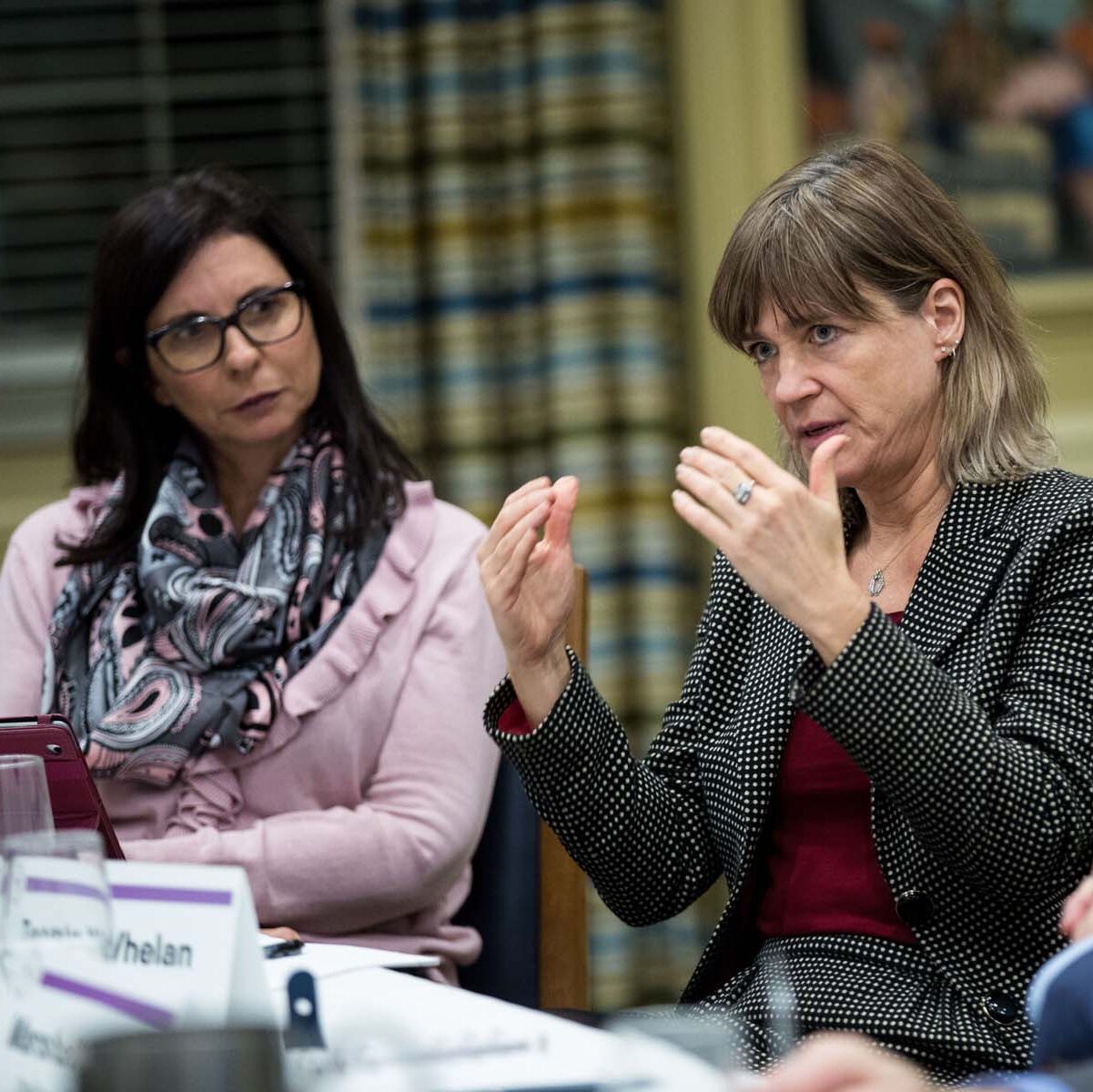Local efforts are already producing results. The New Growth Alliance, which includes Campbell, Sheridan and Johnson counties in the northeastern part of the state, is aiming to diversify with tech. New Growth Alliance CEO David Simonsen says the region has been expanding its community college system; Sheridan College is nearing completion of a renovation and expansion of its Technical Education Center to produce more skilled tradespeople.
Simonsen recently helped recruit a company to the region by introducing himself to a CEO at a conference. New Growth Alliance brought the CEO to the state, presented its value proposition and offered a training program to support the workforce. “I was the only person in a room of about 200 economic developers that went up and talked to him after a presentation.… The relationship has grown and we’re in the process of getting the company into Buffalo, [Wyoming],” Simonsen said.
One of the biggest challenges to Wyoming’s economic diversification efforts is that dependence on the energy sector can make it hard to recruit workers. “The fact that they pay very well when they’re operating full-bore makes it tough to compete. It’s difficult to draw people from away from those jobs into other sectors,” Simonsen says.

Growing Through Grass-roots Entrepreneurship
Montana is one of the dozen states that isn’t home to a Fortune 500 headquarters, but its mid-market and startup scene is bustling. Bridger Mahlum, government relations director for the Montana Chamber of Commerce, says the state has seen a surge in entrepreneurship in recent years. Roughly 10% of Montana’s adult population owns their own business, and a recent report by the Ewing Mario Kauffman Foundation says Missoula has the ninth-highest business startup rate per capita among 394 metro areas.
Some big businesses are expanding: In 2015, Boeing opened a 55,000-square-foot expansion at its Helena manufacturing facility. Mahlum adds that there has been
significant growth in small manufacturing—local manufacturers Spika Design & Manufacturing and Wood’s Powr-Grip are among those that have expanded in recent years—and a report commissioned by the Montana Manufacturing Extension Center at Montana State University shows positive developments in manufacturer retention and recruitment. The Montana High Tech Business Alliance estimates there are more than 540 high-tech and manufacturing companies operating in the state. “We’re seeing a lot of growth for small to medium-sized manufacturing that are either making their own product or doing a lot of subcontracting for some of the bigger companies,” Mahlum says.
There has also been notable growth in the craft brewing industry, Mahlum says. A report by the Bureau of Business and Economic Research at the University of Montana said the industry has grown by 87% since 2010 and provides more than 1,000 jobs with $33 billion in personal income.
One challenge is cultivating Montana’s homegrown businesses into larger employers. Yet, while Montana a long history of graduates leaving the state for elsewhere, Mahlum says “new business opportunities are making it more of a career place for young people.”

The Premiere State for STEM Work
According to the U.S. Department of Commerce, Washington’s GDP grew by 3.1% in 2016, the third-highest growth rate in the nation. Jamie Rossman, senior economic analyst at the Washington Department of Commerce, says the state’s economic success is being driven by a highly educated population. Personal finance website WalletHub recently called Seattle the best area for STEM professionals, with the second-highest percentage of the workforce employed in STEM professions and 98 STEM openings per 1,000 residents.
While Boeing moved its headquarters to Chicago in 2001, Rossman notes Washington is still home to 80,000 of the company’s 100,000 jobs nationwide. Amazon is also expanding its footprint in Seattle and recently filed permits to build another 17-story office tower. The company now employs more than 40,000 people in the state.
“We are Boeing. We are Microsoft. We’re Amazon. We’ve got some good growth in many areas. We have the strongest tech cluster outside of Silicon Valley… and at the same time it’s still relatively affordable to live [here],” Rossman says.
Ricardo Noguera, economic development director for the city of Tacoma, says more tech firms have been expanding their workforce to the Puget Sound area due to escalating real estate values in the San Francisco Bay area. California tech company Infoblox recently announced it was expanding its Tacoma office, saying it offered strong value in cost of living and could draw on talent from Seattle.

Chief Executive Group exists to improve the performance of U.S. CEOs, senior executives and public-company directors, helping you grow your companies, build your communities and strengthen society. Learn more at chiefexecutivegroup.com.
0

1:00 - 5:00 pm
Over 70% of Executives Surveyed Agree: Many Strategic Planning Efforts Lack Systematic Approach Tips for Enhancing Your Strategic Planning Process
Executives expressed frustration with their current strategic planning process. Issues include:
Steve Rutan and Denise Harrison have put together an afternoon workshop that will provide the tools you need to address these concerns. They have worked with hundreds of executives to develop a systematic approach that will enable your team to make better decisions during strategic planning. Steve and Denise will walk you through exercises for prioritizing your lists and steps that will reset and reinvigorate your process. This will be a hands-on workshop that will enable you to think about your business as you use the tools that are being presented. If you are ready for a Strategic Planning tune-up, select this workshop in your registration form. The additional fee of $695 will be added to your total.

2:00 - 5:00 pm
Female leaders face the same issues all leaders do, but they often face additional challenges too. In this peer session, we will facilitate a discussion of best practices and how to overcome common barriers to help women leaders be more effective within and outside their organizations.
Limited space available.

10:30 - 5:00 pm
General’s Retreat at Hermitage Golf Course
Sponsored by UBS
General’s Retreat, built in 1986 with architect Gary Roger Baird, has been voted the “Best Golf Course in Nashville” and is a “must play” when visiting the Nashville, Tennessee area. With the beautiful setting along the Cumberland River, golfers of all capabilities will thoroughly enjoy the golf, scenery and hospitality.
The golf outing fee includes transportation to and from the hotel, greens/cart fees, use of practice facilities, and boxed lunch. The bus will leave the hotel at 10:30 am for a noon shotgun start and return to the hotel after the cocktail reception following the completion of the round.